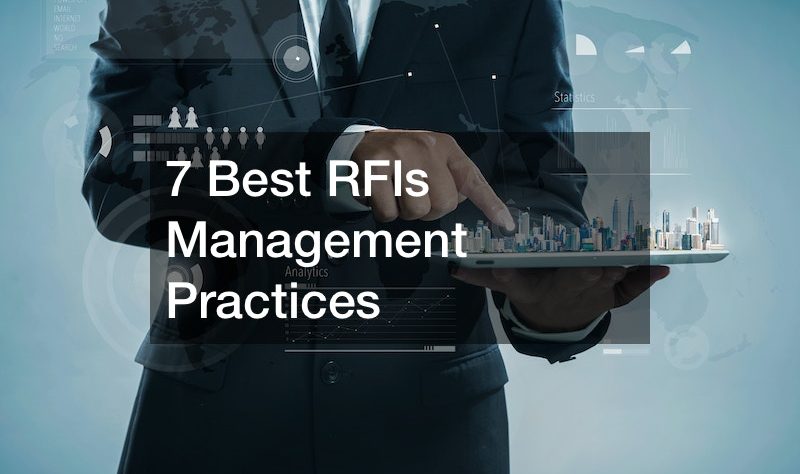
Watch this video to learn the best principles of RFI management in projects. RFIs are official documents when undertaking projects. They are official records of questions asked by vendors, contractors, and investors during a project. Responses given to RFIs are part of the project’s documents. They bring order and structure to the chaos associated with construction projects by streamlining communication at all stages.
Getting good RFI management software is vital. However, it must follow certain principles. The first thing is to have proper numbering. It allows RFIs to be organized and stored in a manner that is easy to track at all times. The numbers are entered in a ledger for easy retrieval when needed. RFIs must also comprehensively answer the questions asked. The answers are part of vital parts of the project. Thirdly, it is not just about answering queries but doing it on time. On that note, RFIs must give a deadline for when to submit the required answers. The fourth practice is to attach reference materials with the RFI response. It ensures that as much information as possible in answering the RFI. Attachments can include related drawings, cost of items, and specifications. The other principle is email copying. It ensures everyone in the project gets the information and minimizes the loss of meaning through translation. It must follow a spelled-out communication protocol. Next, it should propose solutions. These can include what to do differently, who to bring on board and when for success. Finally, it must articulate the schedule of impacts, such as additional meetings or adjustments to working methods.
